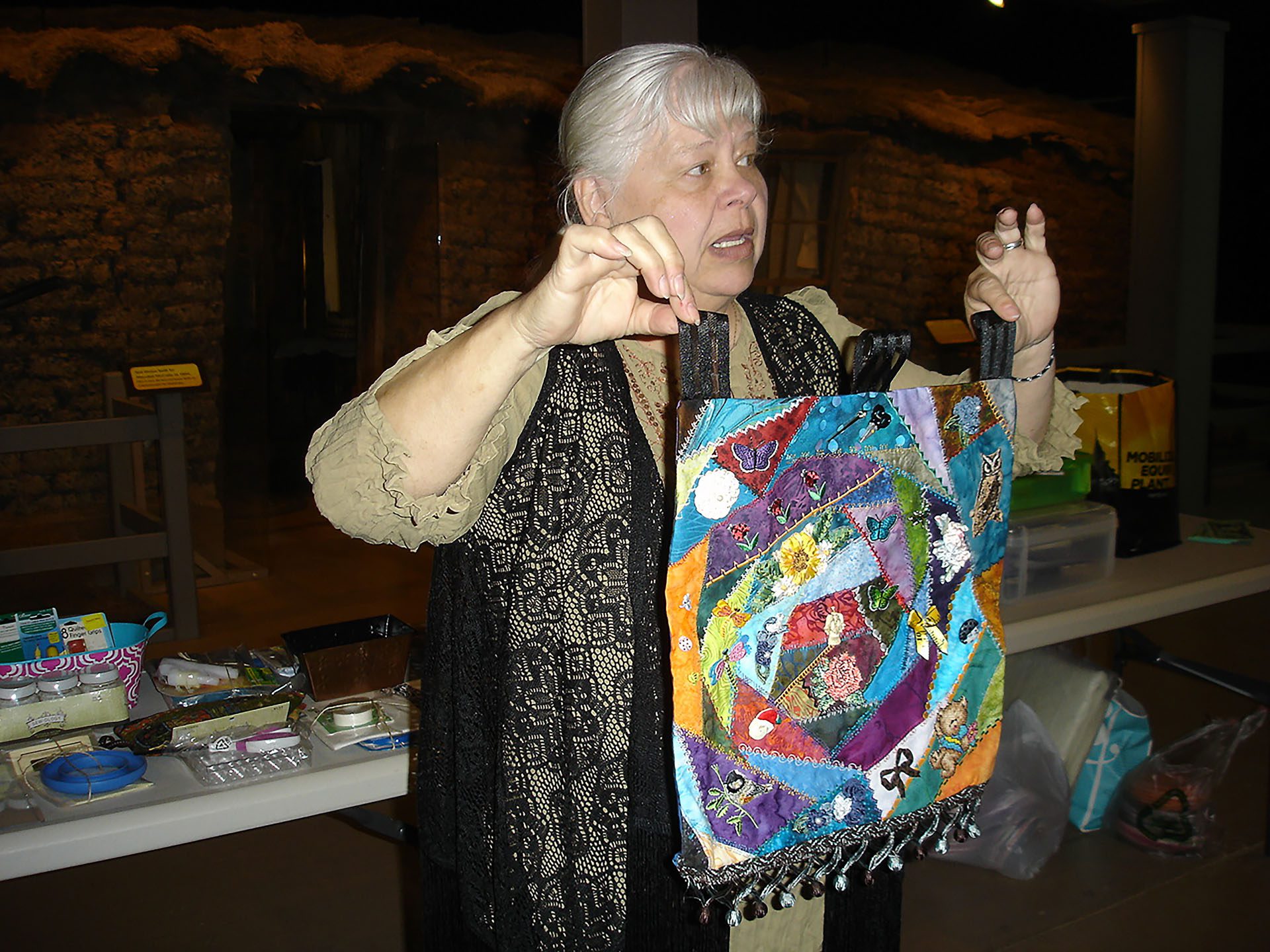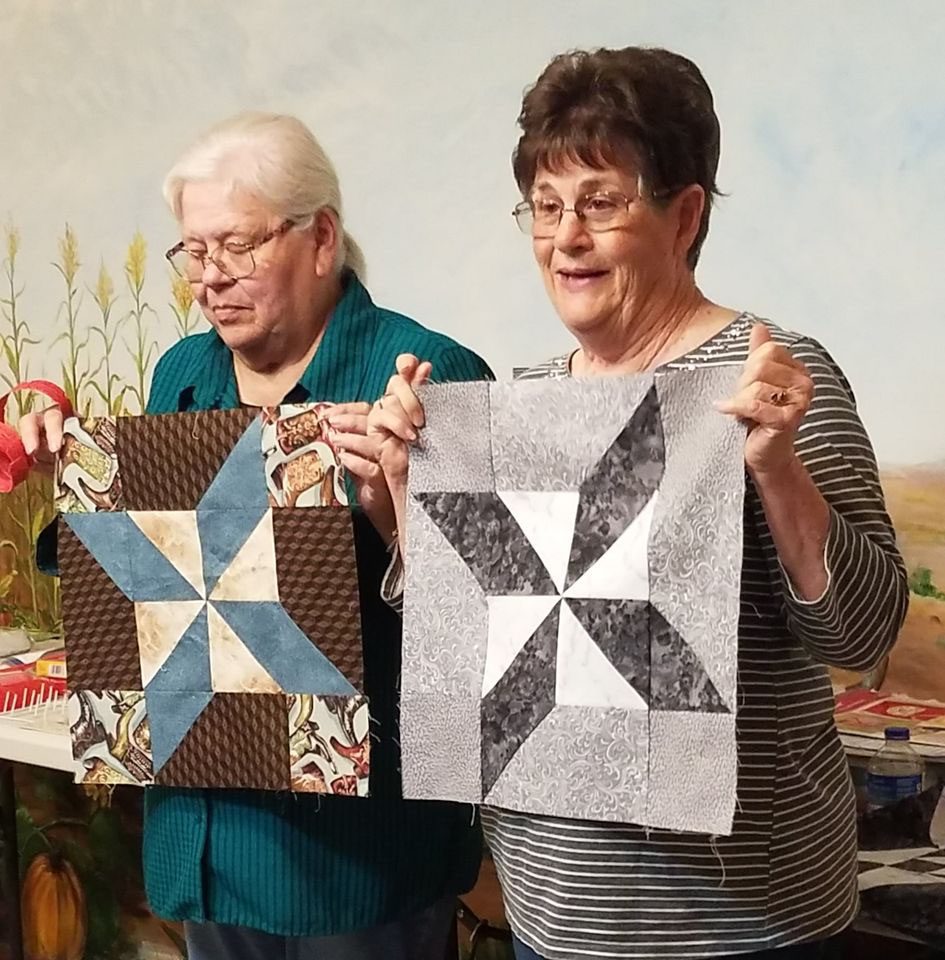Many families have quilts that have been passed down through the years. Sometimes, there’s a story attached to the quilt, while other times it’s a total mystery. But Martha Ray, retired director of historic homes with the Oklahoma Historical Society, couldn’t let those fables go untold.
Ray was part of the restoration process at homes all over Oklahoma. She “got to go through closets, and chests of drawers, and found all of these wonderful, wonderful quilts and textiles, vintage garments, and [this] just piqued an interest,” she says.
Often there was very little information about the quilts, so she would continue research independently. Eventually, she was leading workshops and classes, along with sharing all of the quilting stories she found in letters and diaries.
One such story involved a woman who lived with her family in a sod house in Oklahoma, where she had a handmade quilt on their bed, shares Ray. One night the woman noticed a large bulge in the fabric that kept dirt and insects from falling from the sod ceiling. She poked that moving bulge with a broom handle.
“And there were 17 rattlesnakes that she said fell on her bed, and she grabbed her quilt and pulled it up under her chin,” says Ray. “So she said her quilt saved her life. She watched all 17 snakes crawl off the bed and onto the floor and out of their sod house.”
A quilt is traditionally made up of three parts: a top or flimsy, a backing piece, and batting of some type in the middle. Whole-cloth quilts, made up of one large piece of fabric, were the earliest type in America. Next came patchwork quilts, made up of smaller pieces of fabric.
“When women started homesteading and coming west, they would piece anything they had together to make their patchwork quilts and that was just for comfort for their family,” says Ray.
Ray shares how in the early days of the country, it was traditional for a girl to have 13 quilts made by the time she got married – 12 for everyday use and one special one for the bridal bed. Girls would start on these quilts when they were as early as five years old. This is how many quilts came to be passed down in families.
Quilts have been bringing people together throughout the history of the state. Assembling the three parts of a quilt, before machinery, required a tremendous amount of hand stitching, and many women would come together to accomplish this task for each other. Ray shares how they would stretch out the parts on a frame, and each would sew her own section in a predetermined pattern.
“And the ladies would have their chairs sitting around [the frame], and they would just talk and sing and laugh and tell stories.”



Martha Ray leads monthly quilting groups in Oklahoma.
Photos courtesy the Sod House Museum

























